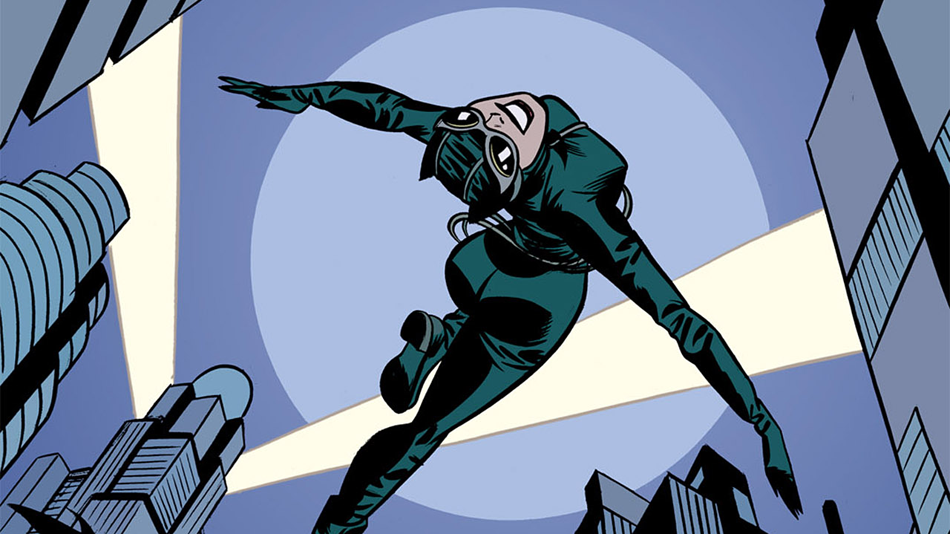A few days ago I told you about a book that's been sitting on my library shelf just wasting away. I would occasionally spot the spine, and it was just begging to be read. It is Tony Isabella's much celebrated 1,000 Comic Books You Must Read and, with the permission of the author, I'm kicking off a quest to read and discuss all the comics contained within its pages. With each installment, I'll cover four or so issues or story arcs and give my impressions. Let the games begin!
DC Comics "Catwoman" issues #1-4
If you say the name Ed Brubaker (Criminal, Fatale, Captain America, Daredevil) in a crowd of comic readers, you are certain to catch a few ears. Add to that the art and design work of Darwyn Cooke (New Frontier, Solo, The Spirit) and you have the perfect mix for a re-imagining of a classic comic book character (from two creators who garner critical and fan praise to this day). For me, as a reader, it was very interesting to jump back to 2002 and see this moment when the look and feel of Catwoman changed in ways we still see impacting the comics today. Simply put, there is a fearlessness in this redesign that earns respect.
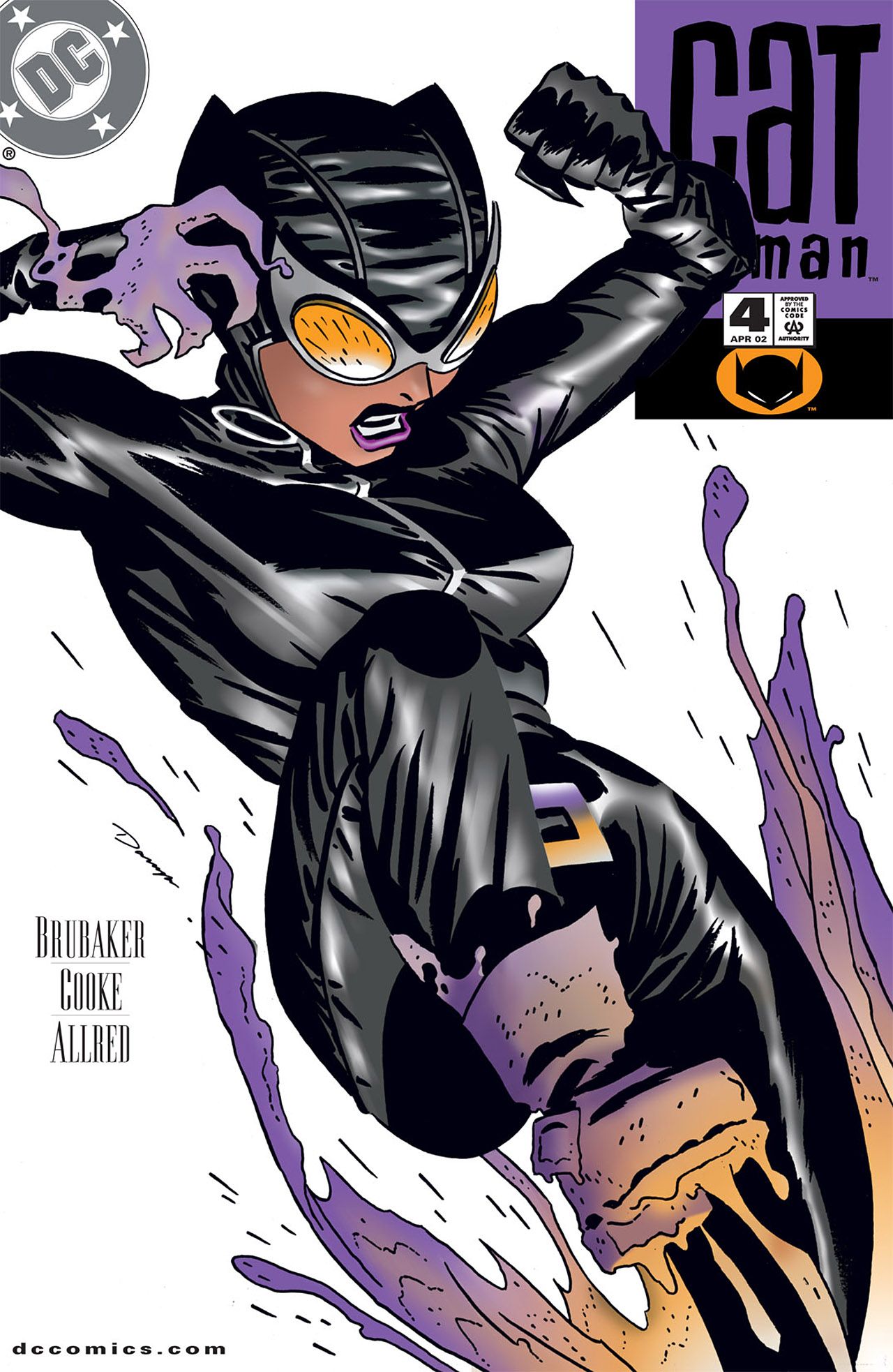
Sadly, Cooke's involvement became a treasure that only existed in these four issues. Centering things in DC publication timeline, this was just before Cooke would go on to do his much celebrated (and later animated) New Frontier series. From the start, he only agreed to remain with the series for this first story arc as he was delaying that project to do it.
In these issues, Catwoman is placed in a very real and almost noir feeling world where she’s arrived at a crossroads, reconnected with old friends, and has begun rebuilding and redefining her life. As she reconnects with that life, she is dropped into a murder mystery where the killer is targeting prostitutes. By the end of this four-issue run, I was less impressed by the climax of the story and ultimate resolution than I was the atmosphere and rich character development presented by the creative team. As a side note, the brief interaction with Batman within these issues became standout moments for me.
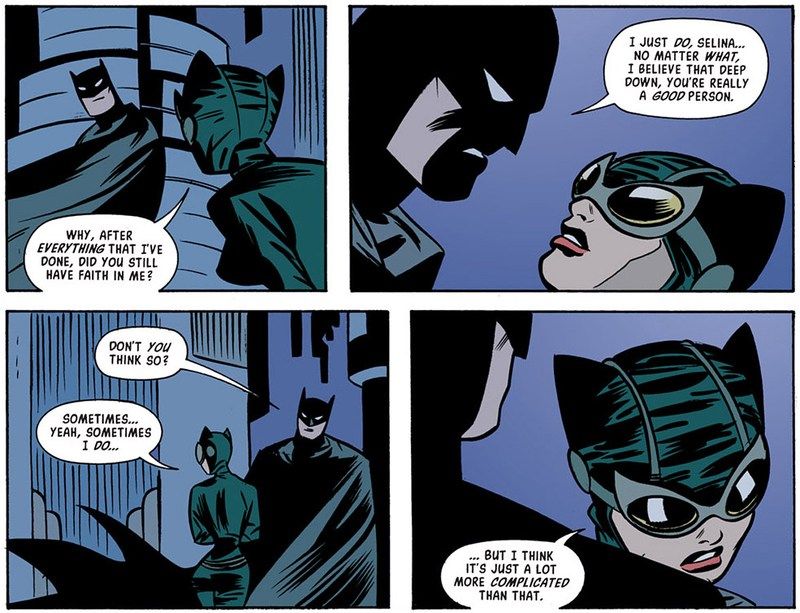
I can certainly understand why this run is viewed as one of the best presentations of the character. There is little lacking and a lot represented in this version of Catwoman.
Marvel Comics "Howard The Duck #1" 1976
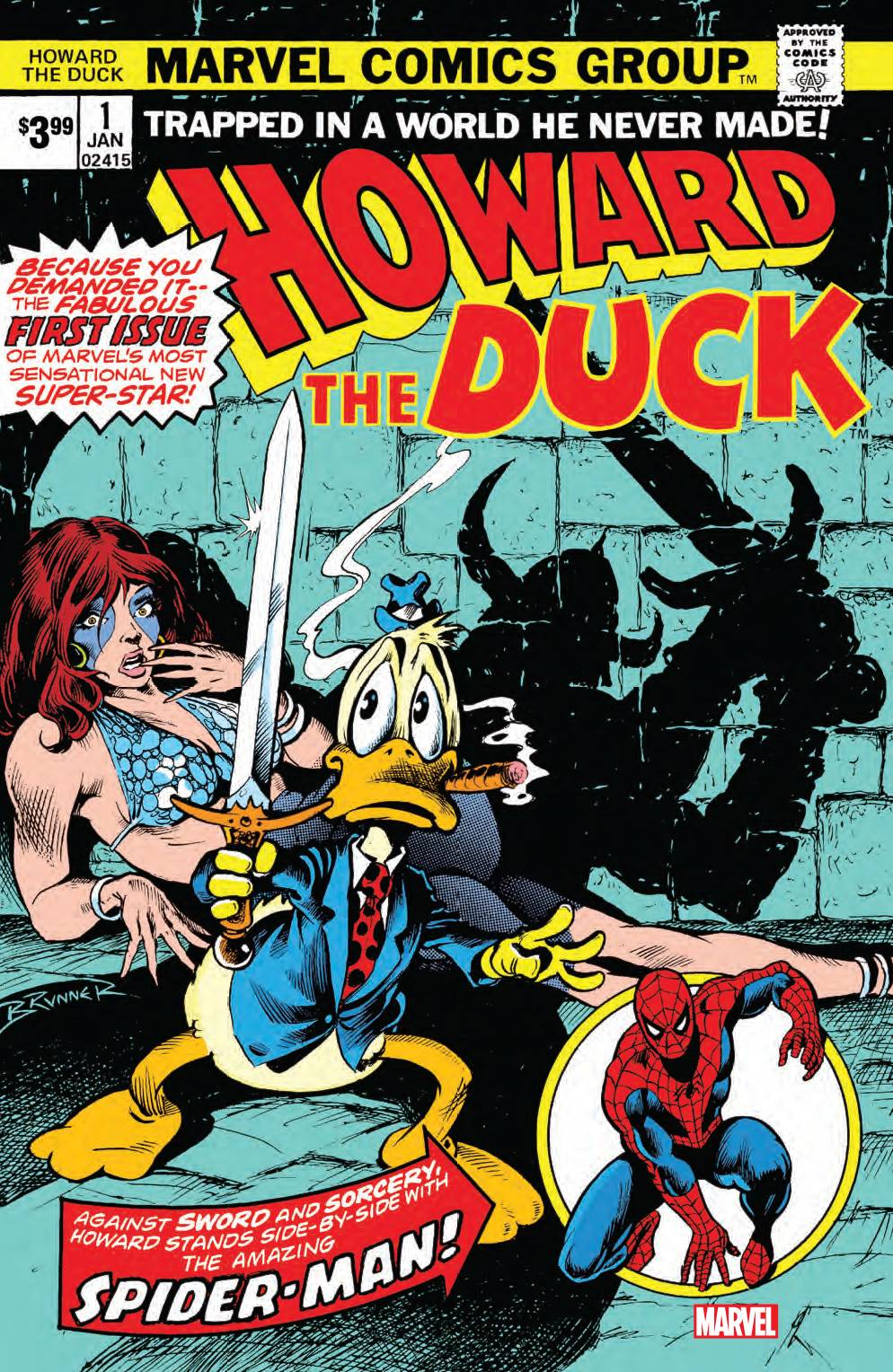
Many laugh when they hear a fan talk of Howard the Duck. They think of the movie, but they often miss what was actually in these Marvel comics. These issues were filled with wit and humor that surrounds the life of a very depressive, often angry and sarcastic central character. Howard the Duck was such a product of the 1970s and I think his character would have had a much more difficult time breaking into mainstream acceptance in any other era. The parody and social commentary in some of those issues mirror what we were seeing in film at the time and the edge here doesn't get enough credit for breaking ground and setting the stage for future cutting and more thought-provoking work.
Steve Gerber opens this issue with Howard working his way toward suicide then quickly thrusts him into a battle with a wizard accountant (aka Pro-Rata) who are striving for ultimate power by becoming the chief accountant of the universe. Along the way, Howard stumbles through this adventure, acquires a girlfriend, dresses like a barbarian, and begins his new life in "a world he never made".
One additional comment on this issue, the art here was just gorgeous and plays well against much of the absurdity that drifts through the story. The panel layout and look of the story were perfect and I found myself, more than once, almost distracted by the art's quality and the interesting perspective choices that frame the story. Frank Brunner and Steve Gerber can look back in pride on their work on this issue.
Capital Comics "Nexus #1" 1983
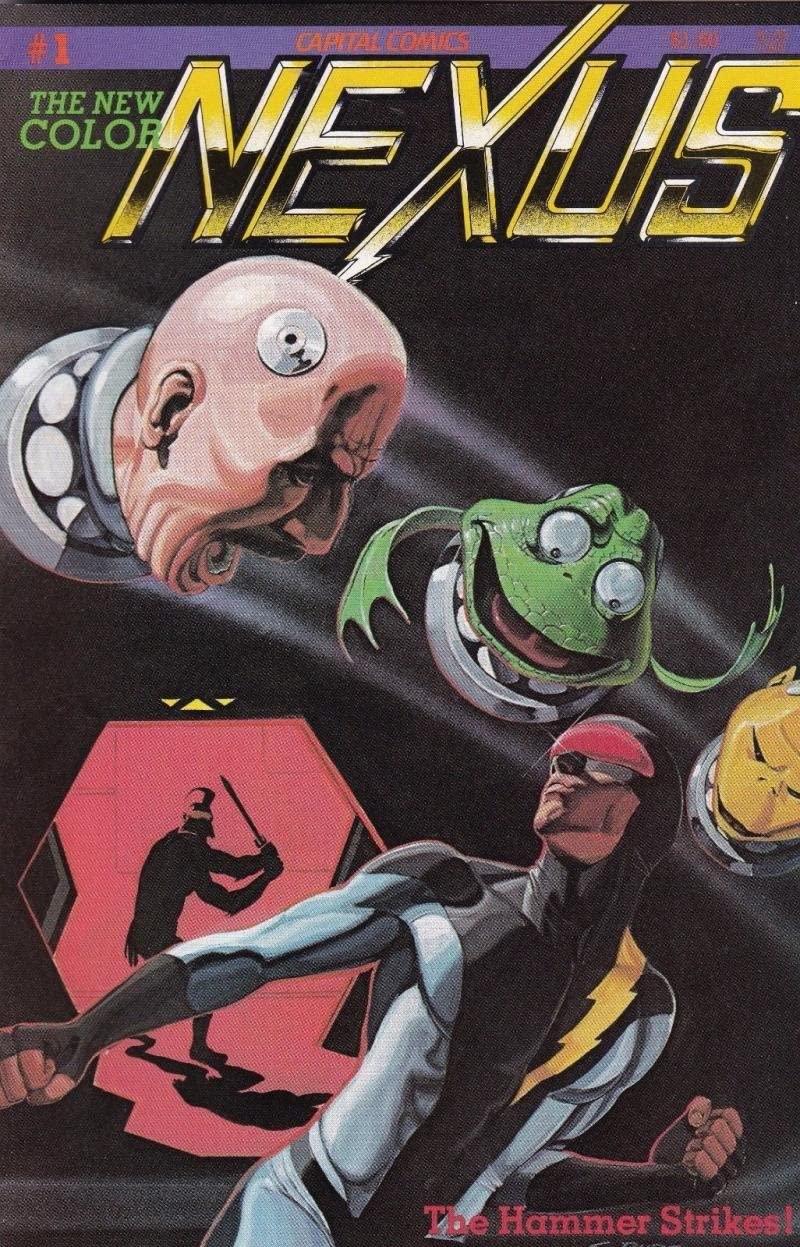
As much as Howard the Duck was a product of the 70s, Nexus #1 from Capital Comics was squarely a product of the 80s. Out of all the titles I’m discussing here, this one holds the honor of being one I actually read back when it was first on the stands. Further, Capital Comics was the publishing arm of Capital City Distribution, a Madison, Wisconsin based comic book distributor. They only published comics from 1981 to 1984, but they were a comic book distributor for almost 16 years and I had an account with them for my comic shops (before they were eventually acquired by Diamond Distributors).
Nexus is a really solid little series, even if the kickoff issue doesn't quite get you there as a stand-alone read. That said, I've always enjoyed Mike Baron and Steve Rude's visually stunning and often just a little quirky hero. Here we had a series that, as I paraphrase Tony, combined science fiction with super-heroics and mashed it into a very human morality play. When I see Nexus, it takes me back to that era where independent comics were first garnering mainstream acceptance and, at times, wild investor speculation.
Some of the revelations in this issue are key to the character's eventual evolution but ultimately did more to set the stage for future stories that encapsulate a great look at Nexus himself. That said, the final cliffhanger page here is still shocking to this day as the cast is greeted by a surprisingly headless Judah. Well worth a read, but I would say try the broader series rather than just the single issue on its own.
Marvel Comics "Fantastic Four v1 #26" 1964
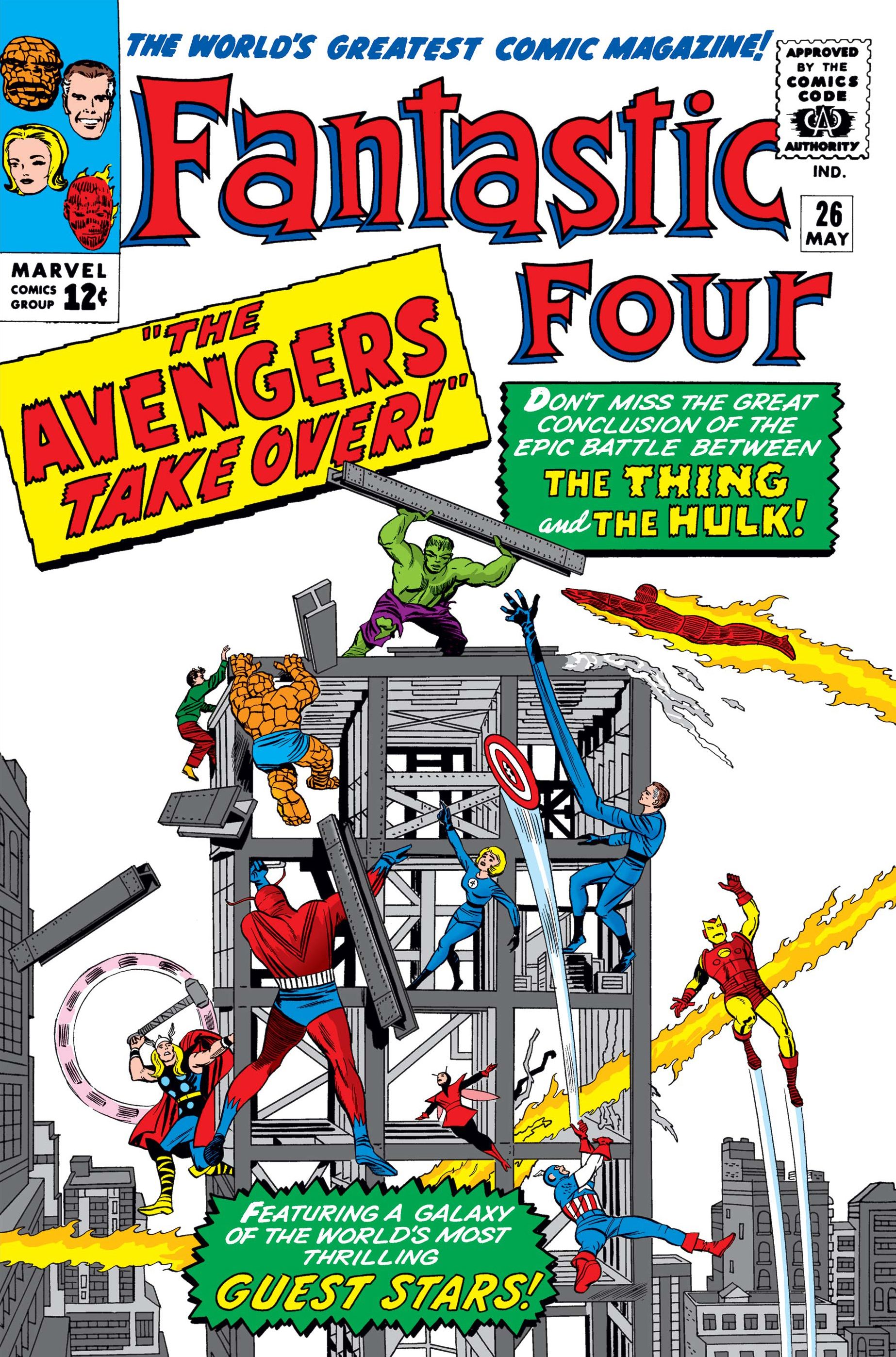
This one took me by surprise. I came to this read with a certain attitude toward silver age and golden age comic stories. I began seriously reading comics in the mid-70s (during the bronze age) and I freely admit I may be a bit of bias toward reading stories of the more modern eras. Anytime I think about seriously jumping back to the early issues for many classic characters, I feel a bit of fear that the stories will be too campy or lack the depth of story I look for, and so often find, in modern stories.
Here, I was utterly impressed as we have a classic Marvel styled Hulk vs. Thing battle. Though the two first clashed in Fantastic Four #12, this battle just felt larger and more significant. As it rages, it draws in both a beaten and recovering Fantastic Four and, ultimately, the Avengers. Tony Isabella rightly points out in his book, this issue is key as it facilitates an interaction between the Avengers and the Fantastic Four that holds as a historic, cornerstone team-up of the Marvel U to this day.
For me, I was impressed by how much the story drew me in and held me. It was in part due to the feel of "classic Marvel" but also the very real quality of writing by Stan Lee. I’m a bit embarrassed to admit I wasn’t expecting what I read. That said, Stan Lee paired with Jack Kirby’s visuals… I see clearly the reason for the long-standing admiration here.
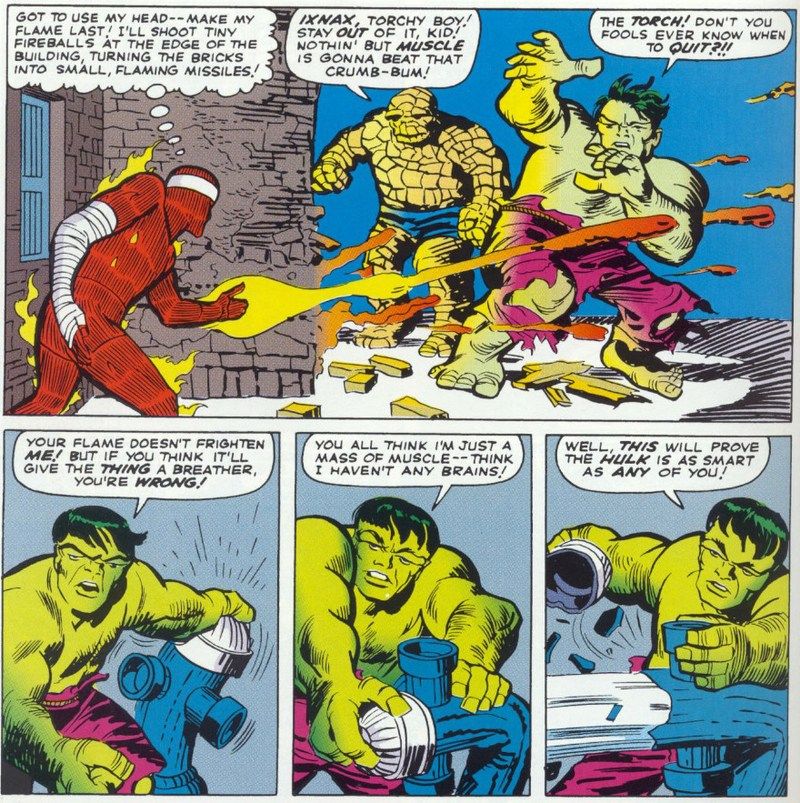
If the issue itself were not enough (and it most certainly is), there were a couple things that happened here that are historic. First, the Thing references "Aunt Petunia" for the first time. This would become a standard reference for the character over the years. Even more significant was a mistake made by Stan Lee. He called the Hulk’s alter ego, Bob Banner. We all know now it’s Bruce Banner but in his apology for the error in the back of issue #28 he explains it away by saying his name is actually Robert Bruce Banner. That letters page became canon and gave the Hulk his full and final name.
Until Next Time…
Enjoy what's happening here? Hang onto your seats, true believers, as I will be back in a short two weeks with the next installment!
